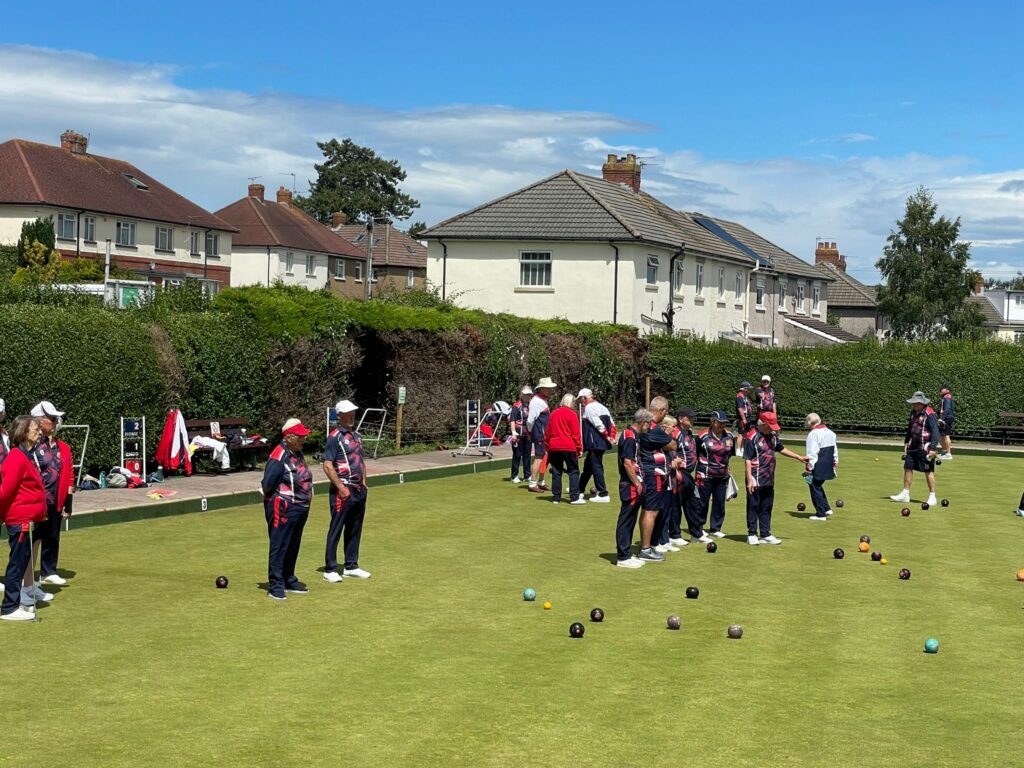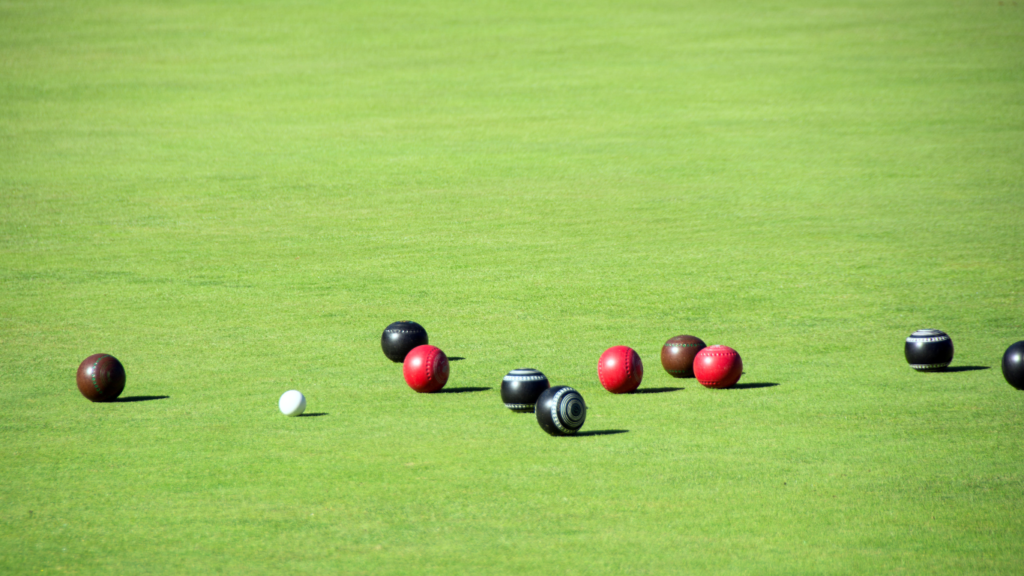History of Bowls


The Rich History of Lawn Bowls
Lawn bowls boast a fascinating history that spans thousands of years, tracing its roots back to ancient Egypt over 5,000 years ago. Archaeological findings suggest that a game involving stone balls was played in Egypt around 3200 BC, where players used sticks as targets on dirt surfaces rather than grass.
Moving ahead to ancient Greece, a variation of the game involved throwing light objects, such as flat stones or coins, as far as possible. The Romans developed a version of the game that closely resembles modern lawn bowls, where players aimed to toss their balls closer to a target than their opponents. It is believed that the Romans introduced this game to other parts of Europe, leading to various adaptations, including France’s boules and Great Britain’s lawn bowls.
In England, a rudimentary form of bowls can be traced back to the 13th century, with the oldest surviving bowling green, the Southampton Old Bowling Green, established in 1299. However, the game faced challenges, including bans from both the king and parliament, who feared it would distract from the crucial skill of archery in battle. Monarchs like Edward III and Richard II enacted statutes prohibiting the game for the lower classes. Even as firearms made archery obsolete, these bans remained, partly due to the disreputable nature of 15th-century London bowling alleys, often associated with taverns and gambling. Although restrictions eased over time, it wasn’t until 1845 that all prohibitions were lifted.
The Evolution of Bowls from 1800 to the Present
The game of bowls took a significant leap forward in 1830 with Edwin Beard Budding’s invention of the lawnmower, allowing for the maintenance of greens to a much higher standard and making the game closer to what we know today. In 1864, William Wallace Mitchell, a Glasgow cotton merchant, published the “Manual of Bowls Playing,” which laid the groundwork for the modern rules of the game.
The late 1800s saw the formation of national bowling associations. The (Royal) Victorian Bowling Association was established in 1880 in Australia, followed by the Scottish Bowling Association in 1892 and the English Bowling Association in 1903. In 2008, these two organisations merged to form Bowls England, the current governing body for outdoor bowls in England.
Bowls has been a core sport in the Commonwealth Games since its inception in 1930 (except for the 1966 Games), and England has emerged as a dominant force, securing an impressive 51 medals to date.
Today, bowls is enjoyed by people of all ages and backgrounds, played in over 40 countries with more than 50 member national authorities. Various global competitions are held each year, showcasing the sport’s straightforward rules and relaxed nature, which contribute to its enduring popularity worldwide.
